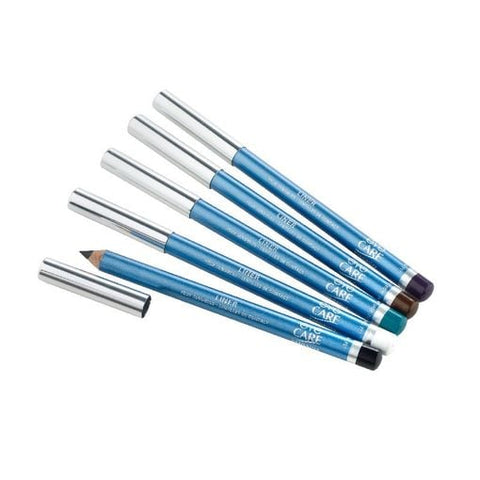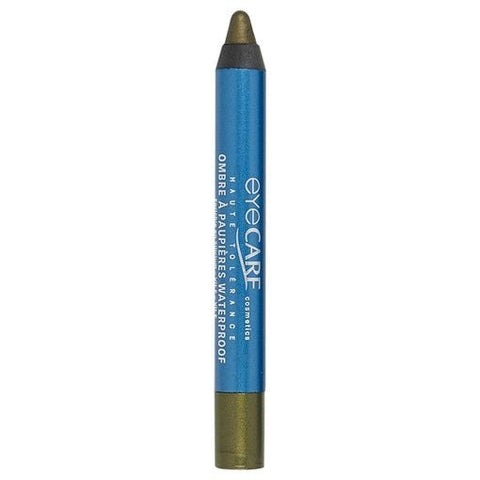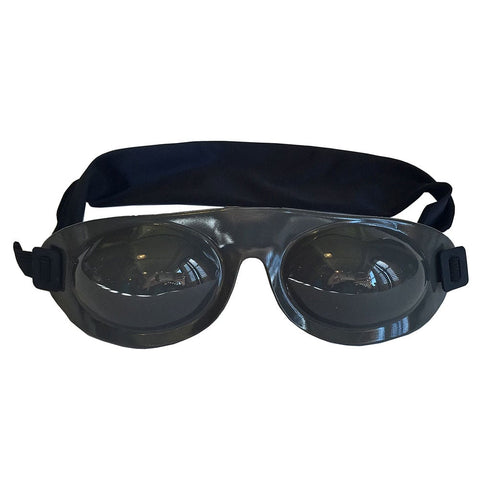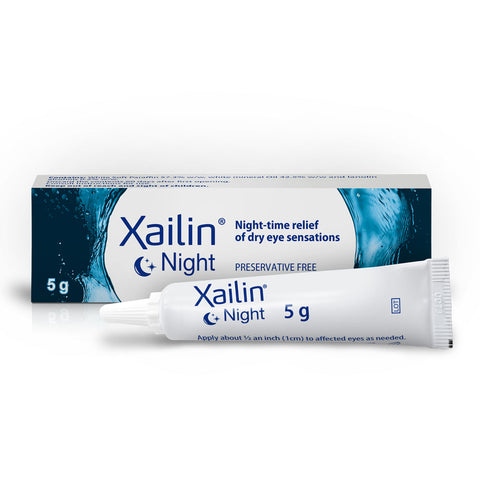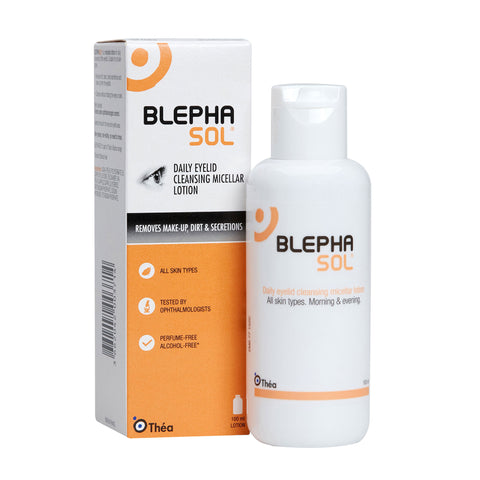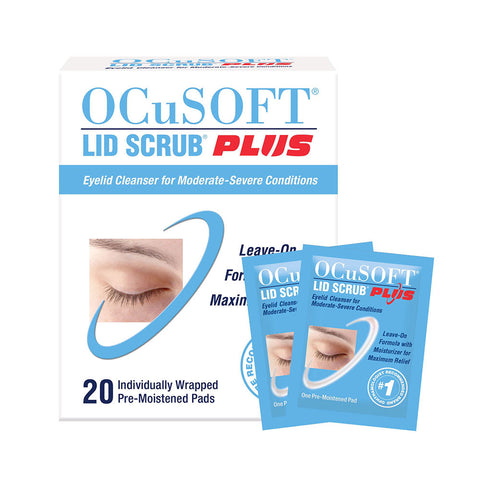All Products
Showing 541 products
£17.00 GBP
Select colour:
200 Brown
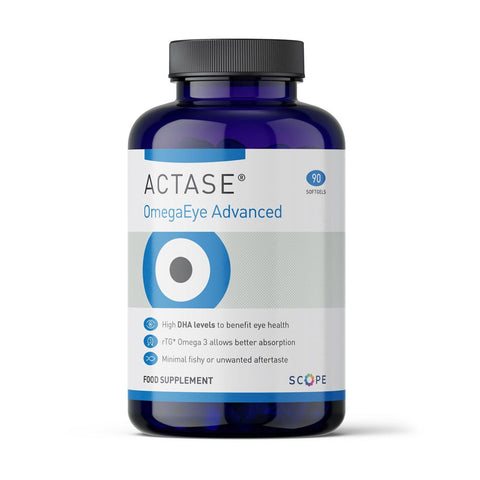
Actase OmegaEye Advanced (formerly Omega Eye) (CAPSULES)
£29.95 GBP
for 90 (1 month supply)
4.6
Rated 4.6 out of 5 stars
133 Reviews
£29.95 GBP
Best Seller
MIX & MATCH save 10% on 4+ applicable items

Viteyes 2 (SOFTGELS)
£55.00 GBP
for 180 (3 months supply)
4.8
Rated 4.8 out of 5 stars
756 Reviews
£55.00 GBP
Best Seller
MIX & MATCH save 10% on 2+ applicable items
£17.25 GBP
Select colour:
2002 Tawny
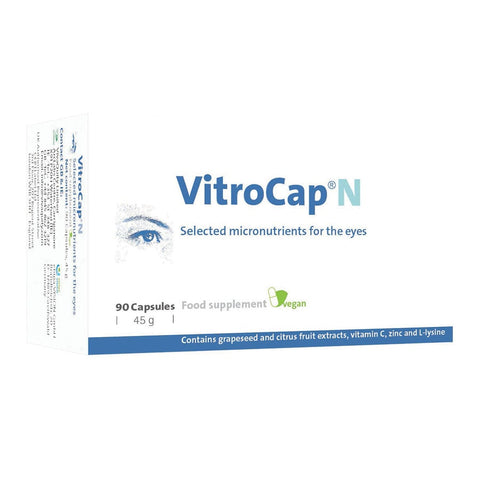
VitroCap N (90s)
£40.00 GBP
for 90 (3 months supply)
4.2
Rated 4.2 out of 5 stars
49 Reviews
£40.00 GBP
Best Seller
MIX & MATCH save 10% on 2+ applicable items
£9.00 GBP
Select colour:
700 Brown
£12.75 GBP
Select colour:
747 Rose gold

HydraMed Night Sensitive eye ointment
£8.00 GBP
for 5g tube
4.8
Rated 4.8 out of 5 stars
86 Reviews
£8.00 GBP
Best Seller
MIX & MATCH save 10% on 4+ applicable items
£15.00 GBP
Select colour:
930 Chestnut
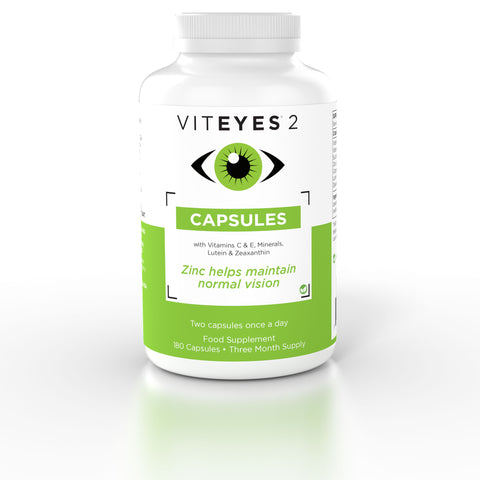
Viteyes 2 (CAPSULES)
£60.00 GBP
for 180 (3 months supply)
4.7
Rated 4.7 out of 5 stars
1,013 Reviews
£60.00 GBP
Best Seller
MIX & MATCH save 10% on 2+ applicable items
£45.00 GBP
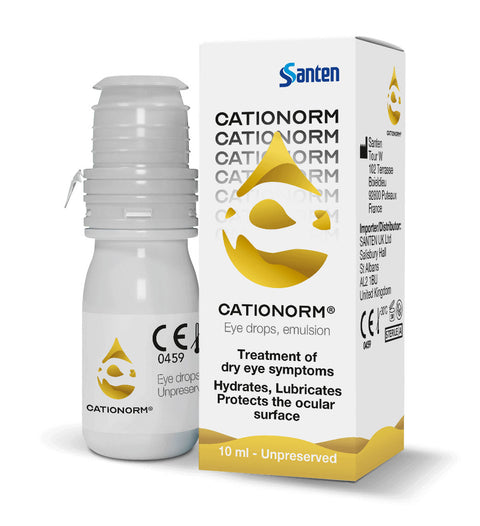
Cationorm eye drops (triple action formula)
£14.95 GBP
for 10ml bottle
4.8
Rated 4.8 out of 5 stars
53 Reviews
£14.95 GBP
Best Seller
MIX & MATCH save 10% on 4+ applicable items

TLC Standard adult eye care wipes
£7.00 GBP
for 20 wipes
4.8
Rated 4.8 out of 5 stars
109 Reviews
£7.00 GBP
Best Seller
MIX & MATCH save 10% on 4+ applicable items

Optimel Manuka Honey eye drops
£21.00 GBP
for 10ml bottle
4.8
Rated 4.8 out of 5 stars
167 Reviews
£21.00 GBP
Best Seller
MIX & MATCH save 10% on 4+ applicable items

Hycosan Intense eye drops
£17.50 GBP
for 7.5ml bottle
5.0
Rated 5.0 out of 5 stars
19 Reviews
£17.50 GBP
Best Seller
MIX & MATCH save 10% on 4+ applicable items
£18.25 GBP
Select colour:
NAT200 Brown

Blephasol Duo
£12.95 GBP
for 100ml bottle & 100 pads
4.9
Rated 4.9 out of 5 stars
125 Reviews
£12.95 GBP
Best Seller
MIX & MATCH save 10% on 4+ applicable items

Hycosan Extra eye drops
£12.00 GBP
for 7.5ml bottle
4.7
Rated 4.7 out of 5 stars
124 Reviews
£12.00 GBP
Best Seller
MIX & MATCH save 10% on 4+ applicable items
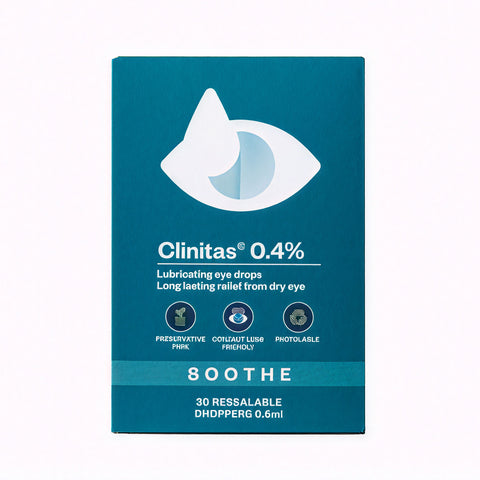
Clinitas 0.4% (Soothe) eye drops (vials)
£8.50 GBP
for 30 x 0.5ml vials
4.8
Rated 4.8 out of 5 stars
293 Reviews
£8.50 GBP
Best Seller
MIX & MATCH save 10% on 4+ applicable items
£19.25 GBP
Select colour:
6000 Ultra brown

Optimel Manuka Honey Forte eye gel
£21.00 GBP
for 10g tube
4.5
Rated 4.5 out of 5 stars
48 Reviews
£21.00 GBP
MIX & MATCH save 10% on 4+ applicable items
£9.00 GBP
Select colour:
NAT700 Brown

Hylo Dual Intense eye drops
£20.00 GBP
for 10ml bottle
4.5
Rated 4.5 out of 5 stars
14 Reviews
£20.00 GBP
MIX & MATCH save 10% on 4+ applicable items

Blephaderm 5-in-1 eye contour cream
£22.95 GBP
for 40ml
4.8
Rated 4.8 out of 5 stars
10 Reviews
£22.95 GBP
Best Seller
MIX & MATCH save 10% on 4+ applicable items
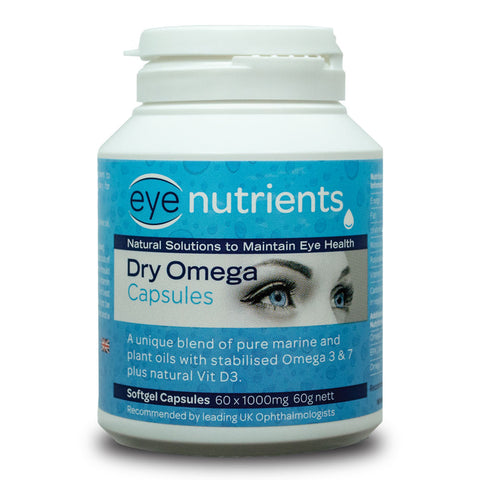
Eye Nutrients Dry Omega (CAPSULES)
£20.95 GBP
for 60 (1 month supply)
4.7
Rated 4.7 out of 5 stars
31 Reviews
£20.95 GBP
MIX & MATCH save 10% on 4+ applicable items
£10.75 GBP
Select colour:
730 Brown
Filter and sort



